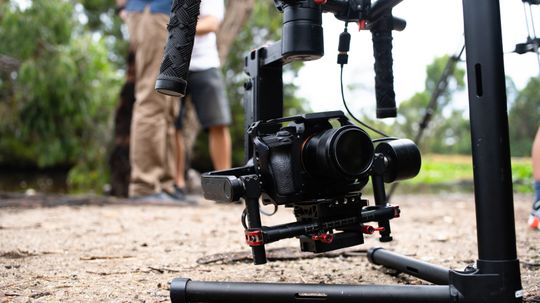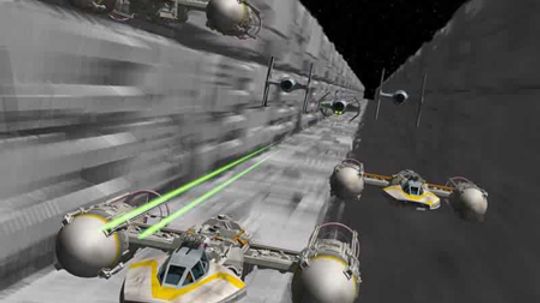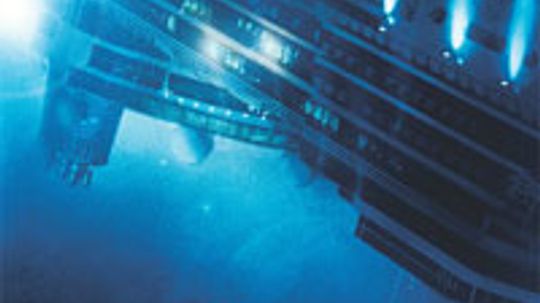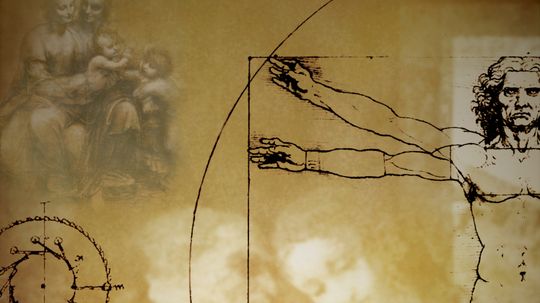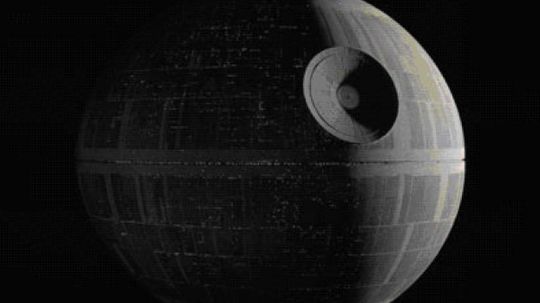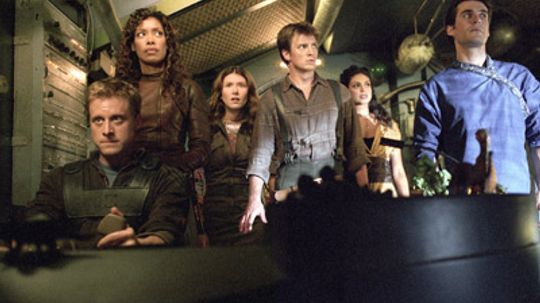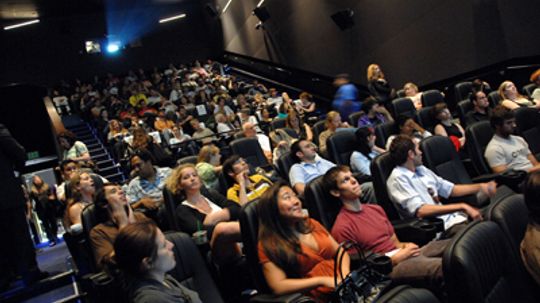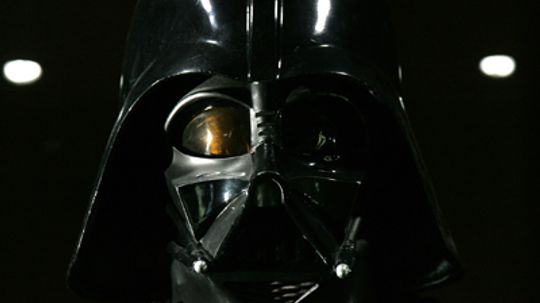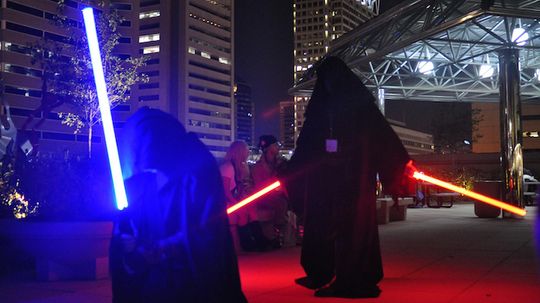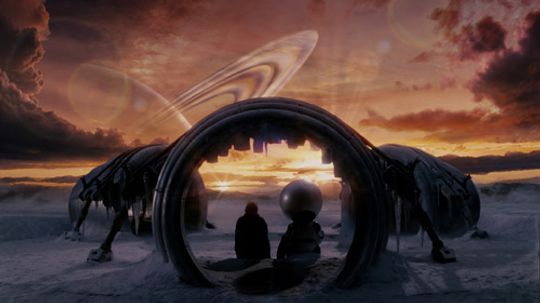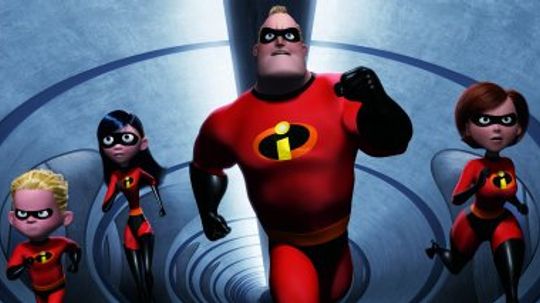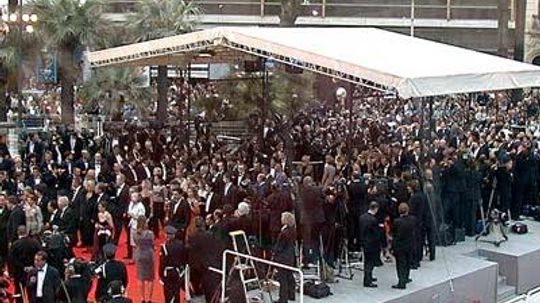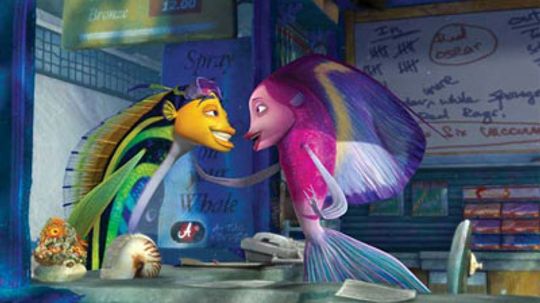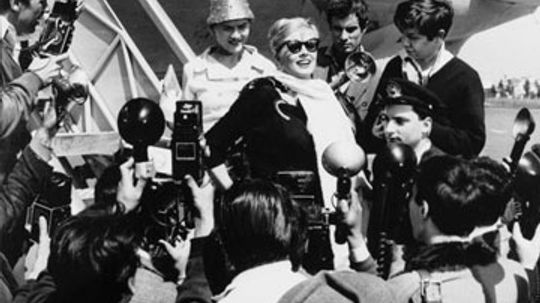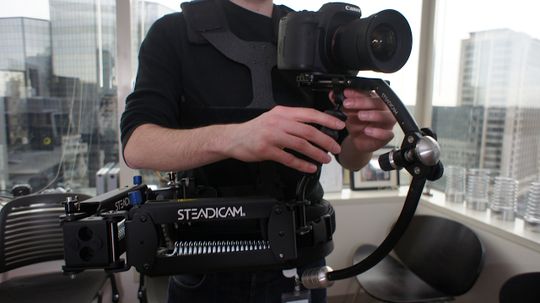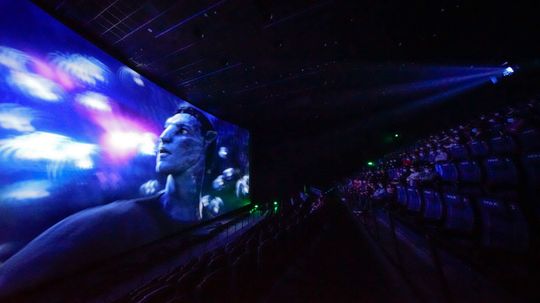Movies & Film
The Movie Channel shows you the magic of both the silver screen and behind the scenes. Learn how movies are made and why some scripts turn into cinematic masterpieces.

21 Best Anime Movies Ever: A Highly Subjective List
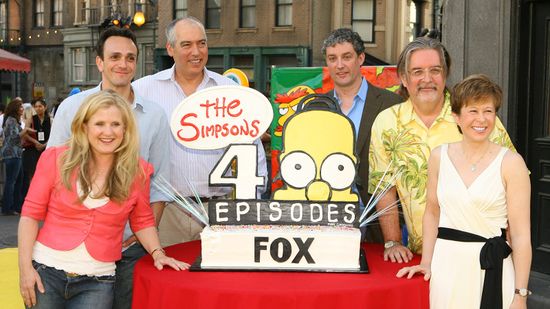
Who Said That? The Voice Actors Quiz
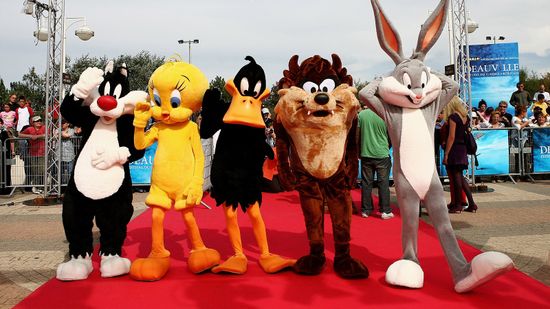
Why Bugs Bunny Is Spectacular
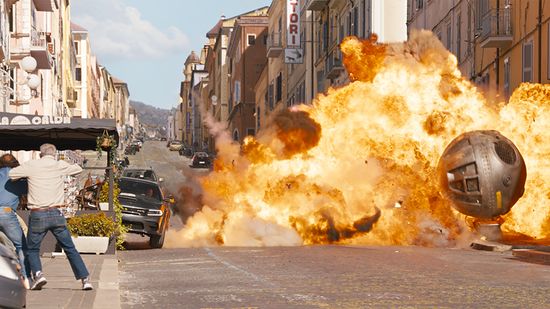
Debunking Hollywood's Car Explosion Fantasies
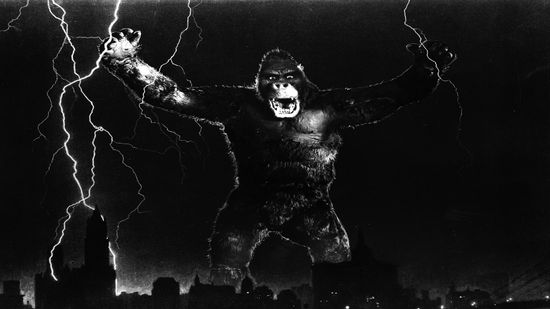
7 Times New Technology Was Created to Make a Film
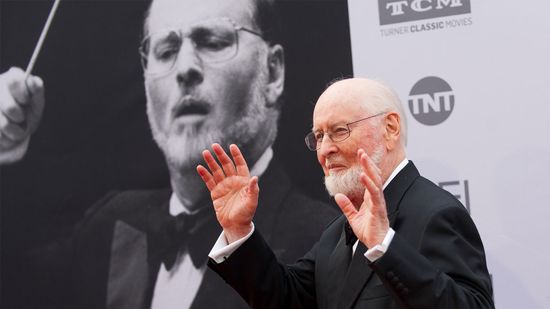
How John Williams Composes So Many Unforgettable Film Scores
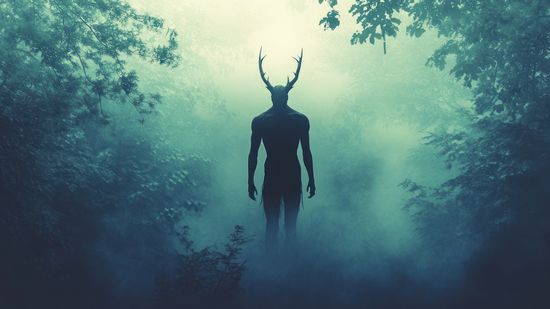
13 Scariest Monsters From Movies, Mythology, and More

What's the Scariest Movie on Netflix? 13 Eerie Contenders
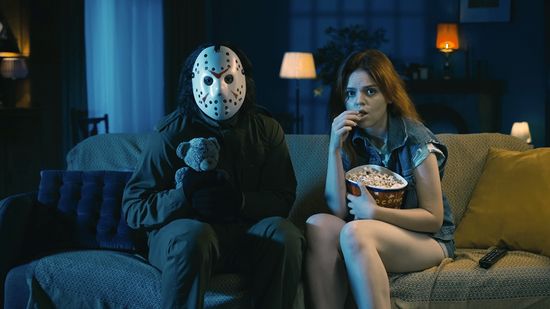
18 Scariest Horror Movies to Guarantee You Won't Sleep Tonight
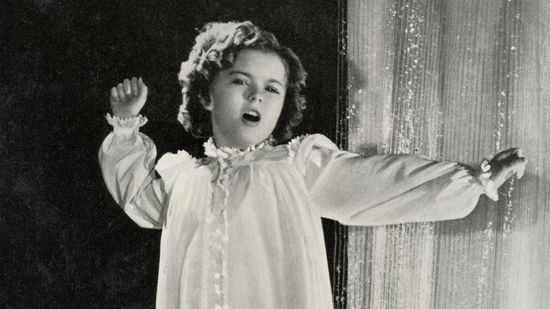
The Youngest Oscar Winner and 9 More Young Record-Holders
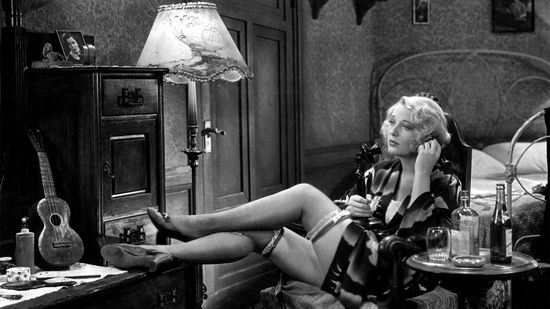
How the Hays Code Censored Early Hollywood
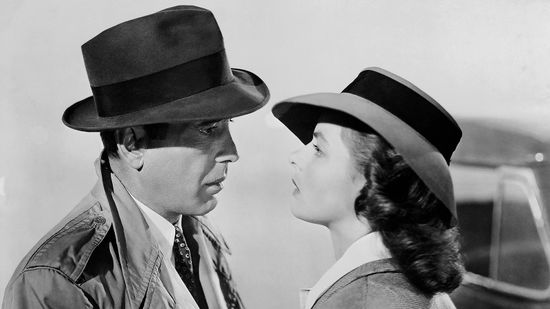
What the Bechdel Test Says About Women in Film

Coming Attractions: Who Picks the Movie Trailers We See?
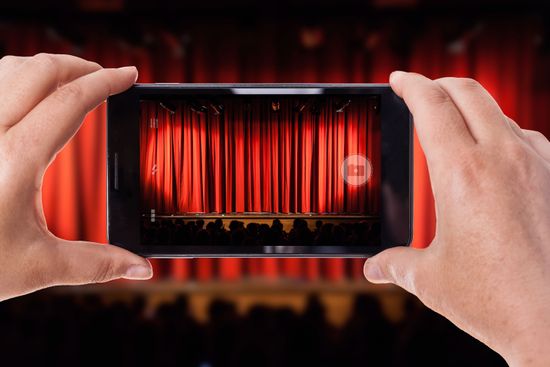
10 Ways Our Moviegoing Experience Will Change

Why do movie tickets cost so much?
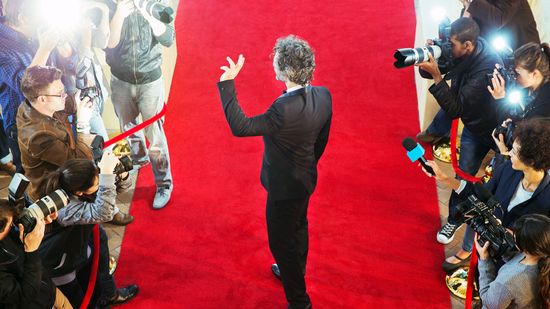
Who's the Most Famous Person in the World? 11 Contenders

Jim Cummings: The Voice of Millennial Childhoods

Is Libra Celebrities: Stars Who Embody Diplomacy and Grace

If You Hear a Scream in a Movie, It's Probably the Wilhelm Scream
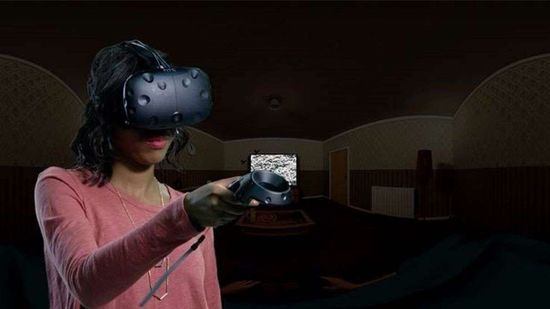
VR Horror Movies: A New Way to Be Scared Out of Your Mind
Learn More / Page 14
As documentary films increase in popularity and docudramas pop up on the small screen, it's a good time to question the difference between the two. Intention, historical context and editing choices play major roles in defining a work as fact or fiction.
By Julia Layton
Yes you read right. We've broken down why sci-fi doesn't work in most movies. Although some fictional technology has come to pass, most onscreen science is still pure fiction. If you've ever been curious about laser beams or interstellar travel, read
Thirty-four years after disaster film director Irwin Allen inverted a cruise ship in the name of entertainment, Wolfgang Petersen -- who knows a bit about boat-themed cinema -- has upended another Poseidon and drowned thousands with $160 million worth of watery effects.
By Gerri Miller
Advertisement
Could a sacred story be hidden for centuries, only to be revealed in one of the most famous works of art in the Western world? That's the story according to "The DaVinci Code." Take a look at the evidence.
When director Peter Jackson and Weta Digital effects studio completed the Lord of the Rings trilogy, they began work on their next project: creating King Kong. In this article, we'll find out how the latest King Kong incorporates human performance an
By Julia Layton
Nearly every child dreams about being away from parents and traveling from the mundane world to someplace extraordinary. In this article, we'll explore the inspirations behind the Chronicles of Narnia as well as the mythical world itself.
The Galactic Empire's solution to maintain order in the face of global unrest is the Death Star. Learn the history behind this powerful tool, discover other incarnations of the Death Star and find out what really happens when you blow up a planet.
Advertisement
Do you ever think "How do they get away with that?!" while standing in the supermarket check-out? Tabloids turn small bits of possibly true events into incredible stories, but they also know where to draw the line. Find out how tabloids avoid lawsuits and still manage to publish those wacky page-turners.
Firefly was canceled before its first season was up, but an outcry from fans brought the Serenity crew back, this time to the big screen. Learn what went into making 'Serenity.'
By Gerri Miller
Many of the independent films that eventually make it big first debut at film festivals, where open submission policies make it easy to gain exposure. Read more about film festivals and how they're evolving.
Dark warrior, star pilot, statesman, enforcer, saber master, leader: all words that could be used to describe the Dark Lord of the Sith. Who is Darth Vader really? Well, Darth Vader, this is your life.
Advertisement
Your average wandering Jedi tends to carry a classic, single-bladed weapon while flashy Sith Lords often wield curved, forked and double-bladed lightsabers. Is a lightsaber your weapon of choice, too?
In its 26-year history, "The Hitchhiker's Guide" has rubbed shoulders with Darth Vader, the Ghostbusters, Pink Floyd and Radiohead and even put its stamp on an asteroid. Find out what else you should know.
Sometimes reality just doesn't do the trick. To get the right feel for the movie "Christmas with the Kranks," filmmakers had to build a fake wintry Chicago neighborhood on a parking lot in California. See how they did it.
By Gerri Miller
For "The Incredibles," CGI masters at Pixar tackled the Holy Grail of computer animation: realistic humans. See what the creative team told us about producing this mega hit.
By Gerri Miller
Advertisement
It's 1993. One morning your co-worker asks if you like Quentin Tarantino. You respond "Is he the new guy in accounting?" -- because "Pulp Fiction" didn't win at the Cannes Film Festival until 1994.
Have you ever noticed how much Will Smith and Renee Zellweger resemble fish? Neither did we until Dreamworks "fishified" the actors into Oscar and Angie for the animated movie "Shark Tale."
By Gerri Miller
Paparazzi go to great lengths to close the distance between famous people and their fans, often producing images that expose just how "real" larger-than-life celebrities really are. But how far are they willing to go to get the shot?
Monsters, monkeys and freaks oh my! Step behind the scenes and onto the back lots of Hollywood with two of the movie industry's most prolific and talented creature effects artists, Matt Rose and Chad Waters. In this exclusive interview, HowStuffWorks
Advertisement
Big changes are brewing in the movie industry: Emerging digital technology is about to revolutionize studios as well as your local movie theater. Find out why Hollywood's going digital!
By Tom Harris
Some of the arguably greatest movie scenes of all time were filmed using Steadicams. These ingenious camera stabilizer systems allow filmmakers to produce moving, hand-held shots with no shakes at all. Can amateurs also take advantage of these super smooth stabilizers?
By Tom Harris & John Perritano
The article How IMAX Works says the camera weighs over 200 pounds -- so how did they create the IMAX films in the space shuttle or the one on Mt. Everest? There is no way people lugged a 200-pound camera to the top of Mt. Everest!
If you've ever seen an IMAX movie, you know it's not a typical film. It sometimes takes years to produce, resulting in an incredible unmatched viewing experience. Find out all about this amazing movie-making technology!
Advertisement
All those old monster movies may not scare many of us anymore, but they certainly captivated the audiences in their time. Animatronics have brought countless monsters to life, and the technology is only getting better. Go inside the belly of the beast.
By Jeff Tyson
Now that all those gigantic blockbuster movies are out of the way, let's relax and enjoy some late-summer films. Check out our movie guide.
